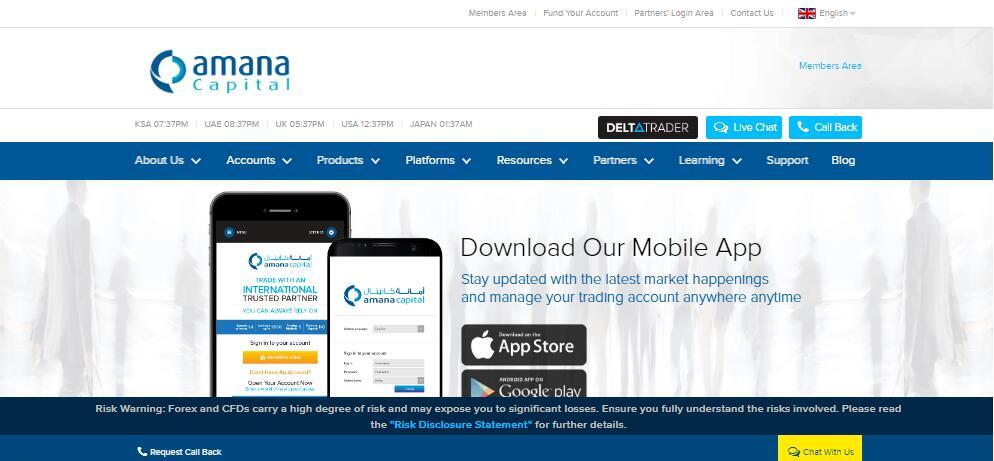
Above all, these companies can do this without undermining profitability. They do not even have to ask shareholders for additional capital. It is a risk because small competitors may try to capture greater market share and eat into yours. Coca-Cola is a globally recognized beverage that has become a cash cow example due to its successful establishment as a strong brand for itself throughout its history.

The cash cow generates more money than the amount needed to maintain the business. In other words, it gives back more than you put into it. The BCG Matrix has its own limitations, since it’s a very simple tool using only two dimensions—market share and market growth. Even so, it remains a useful tool in portfolio analysis.
What Is a Cash Cow?
The profits from Swiss Village Tours help Travelers Gateway offer more tours in Switzerland. This growth allows more people to have wonderful experiences in Switzerland and gives the company new opportunities. Thus, by this means, a cash cow enables a firm to flourish, making it an essential element to the firm. Cash cows can be also used to buy back shares already on the market or increase the dividends paid to shareholders. They usually bring in cash for years, until new technology or shifting market preferences renders them obsolete.
The business needs to monitor industry trends, innovate when necessary, and invest in maintaining the quality and relevance of its products or services. Let us look at Gillette and analyze how the company has introduced several product lines that act as a cash cow over the years. A cash cow is something that brings in a lot of money. They have plenty of cash left over after meeting their necessary annual expenses. The roof tile division manufactures and sells 70% of its products in the European Union and the USA.
It can, therefore, be deduced that these products are cash cows for Apple Inc. A cash cow has a large market share in a mature industry. Therefore, there is no point in spending money in trying to grab more market share. Market share refers to the percentage of the total market your company’s sales represent.
Cash Cow: Definition, Investment Type, and Examples
Since a cash cow demonstrates a return on assets greater than the market growth rate, it generates more cash than it consumes. These products should be ‘milked’ by extracting the profits and continuously managing them so that they keep generating strong cash flows, which can be further used to fuel stars. A cash cow is a company or business unit in a mature slow-growth industry. Cash cows have a large share of the market and require little investment. Its return on assets is far greater than its market growth rate; as a result, Apple can invest the excess cash generated by the iPhone into other projects or products. The BCG matrix is a portfolio matrix, which compares products based on market share and industry growth to evaluate the value of each product.
College fans, athletes want order 5 Things pocast – USA TODAY
College fans, athletes want order 5 Things pocast.
Posted: Sat, 02 Sep 2023 12:37:48 GMT [source]
A cash cow is a profitable product or business that brings in a steady flow of income. It may also refer to a business venture that generates more profit than it cost to acquire or create. A cash cow is a product that produces steady ‘milk’ (profit) long after the initial cost of investment has been recovered! Cash cows are known to be a company’s most valuable and competitive product or business divisions as they contribute to a significant chunk of a firm’s operating profits. These profits are a result of low investment and high revenue gains from such products.
Boston Consulting Group (BCG) Matrix
Since the market growth rate has settled out and Apple was able to capture a majority share of smartphone users early on, they must invest comparatively little to keep it in the limelight. The company does make advances in the product each year, but its return is far higher than the investment. Market growth, on the other hand, is used as a measure of the attractiveness of a given market. A growing market is basically a market experiencing increasing demand, which makes it easier for businesses to increase their profits, even if their market share remains unchanged. A low-growth market, however, leads to cutthroat competition between the companies. It may get harder to retain your market share without aggressive discounting.
A dependable source of profit, as in The small-appliance division is this company’s cash cow. Although this precise term dates only from about 1970, milch cow was used in exactly the same way from 1601. The tile business grows at a rate of about 3% annually. They make so much money because they have a lot of customers and a small amount of competition.
Cash cows and stars tend to complement each other, whereas dogs and question marks use resources less efficiently. A cash cow is one of the four categories (quadrants) in the growth-share, BCG matrix that represents a product, product line, or company with a large market share within a mature industry. In this chart, the growth rate is along the x-axis and market https://online-accounting.net/ share is on the y-axis. Though there are four quadrants within the matrix, each product could be placed anywhere inside each quadrant. For example, a slowly dying cash cow may be placed close to the line between cash cow and dog. Though it is still in cash cow form, it is evident that it is slowly losing market share and should be sold sooner than later.
- It helps to illustrate the potential of the business unit in relation to these two factors.
- This strategic management tool helps companies understand which products or services are making a lot of money and have high market growth and market share.
- The BCG Matrix has its own limitations, since it’s a very simple tool using only two dimensions—market share and market growth.
- It may also refer to a business venture that generates more profit than it cost to acquire or create.
- Strategic partnerships and collaborations with complementary businesses to create additional value and revenue sources can help solidify the cash cow position of a company.
A cash cow is a metaphor for a dairy cow that produces milk over the course of its life and requires little to no maintenance. The phrase is applied to a business that is also similarly low-maintenance. Modern-day cash cows require little investment capital and perennially provide positive cash flows, which can be allocated to other divisions within a corporation. Products or business units with high market shares and consistent profitability over an extended period will likely be cash cows.
How to use cash cow in a sentence
With a cash cow, you can make a lot of money without spending much and use that money to invest in other businesses that need more attention. Today, Windows accounts for only a small part of Microsoft’s business, while it generates a steady revenue for the company. The profit generated by these offerings is more than what is required to maintain the business.
- Cash cows are known to be a company’s most valuable and competitive product or business divisions as they contribute to a significant chunk of a firm’s operating profits.
- Also, because of the large market share, consumers typically already prefer this product, resulting in little marketing support necessary to maintain the sales of the product.
- The four quadrants are cash cow, dog, question, and star.
- Additionally, because of the large market share of the product, consumers already tend to prefer that product, resulting in a lower need for marketing support.
- The model was the BCG matrix, and firms still use it to planning long-term product strategies.
The concept of cash cows was first propagated by a model developed by the Boston Consulting Group. The model was the BCG matrix, and firms still use it to planning long-term product strategies. A dominant player in the printer market is HP or the Hewlett-Packard company. This company owns 42% of the global market share and has been ruling this market for over 20 years. The printing division alone earned the company a revenue of 17.64 billion U.S. dollars in 2020, making it one of its most important business segments.
What is a cash cow? Definition and examples
Add cash cow to one of your lists below, or create a new one. In this video, Jim Glover looks at the Boston Consulting Group’s growth-share matrix and how this influences resource allocations. For example, the Mexican government drew the income from its state oil & gas company PEMEX. The Government put relatively little money back into it.
A cash cow is often a profitable product or service that dominates a market and generates far more cash than is needed to maintain its market position. Companies may use the money from the cash cow to develop new products or to acquire other businesses. However, some firms, especially large corporations, realize that businesses/products within their portfolio lie between two categories. This is especially true with product lines at different points in the product life-cycle.
It’s printing division has brought the company substantial revenues. Thus, it is no doubt that the printing division has been HP’s greatest profit generator over the years, making it the company’s cash cow. For example, Kellogg’s insurance journal entry Corn Flakes has found for itself a centre spot in the cereal industry, making it the market leader of a mature market. The money generated from this division is high enough to support other innovations by the company.
Since the market is no longer growing for the market, there are not really any options available to increase the sales of the product. Furthermore, if new advances are made within the economy that makes the cash cow product become obsolete, it will quickly become a dog and needed to be liquidated to avoid losing money. Companies love cash cows, because of their income-generating qualities. They can ‘milk’ the cash cows with the minimum of investment because investment would be a waste of money. It would be a waste of money because it is a slow-growth industry.

